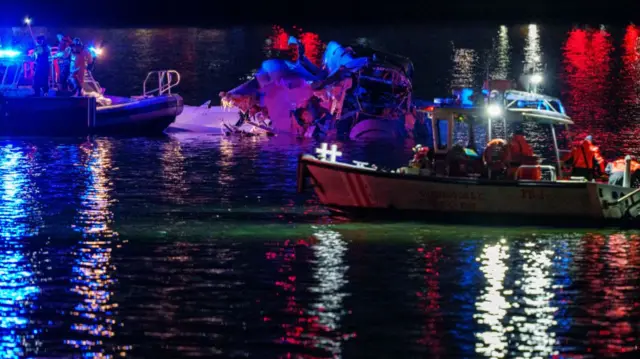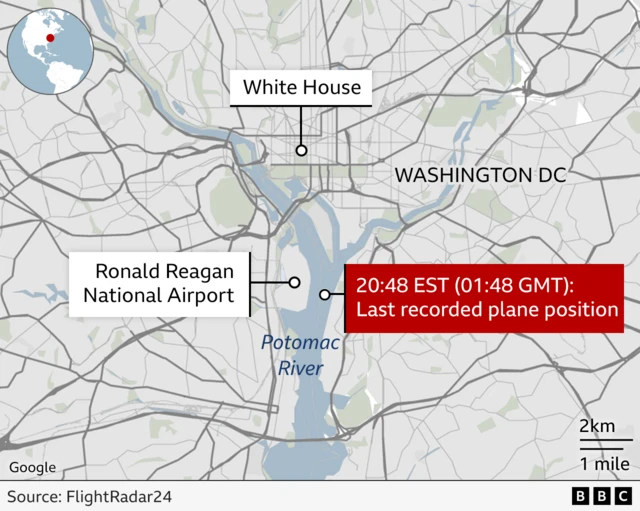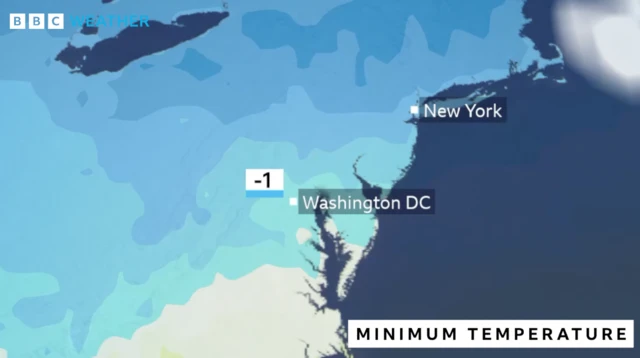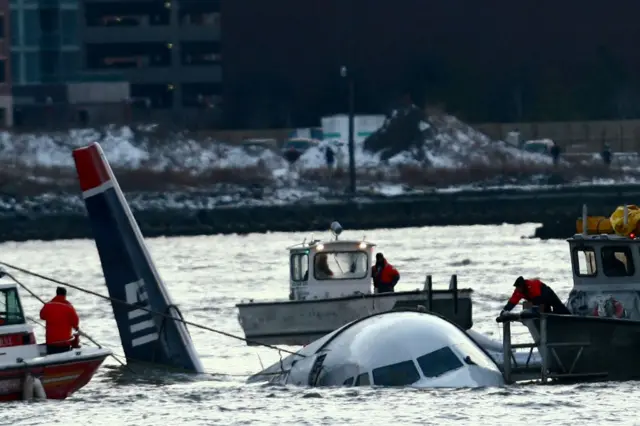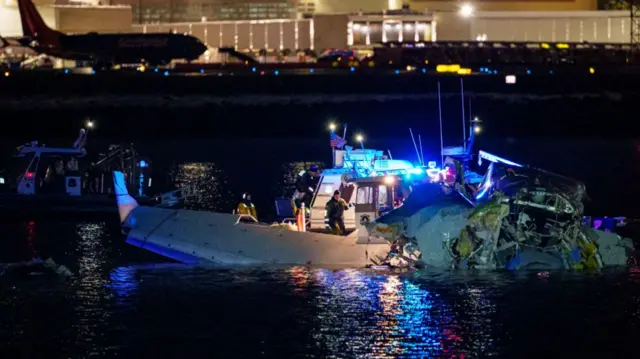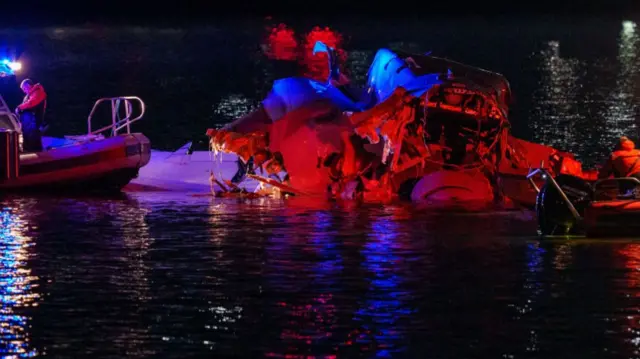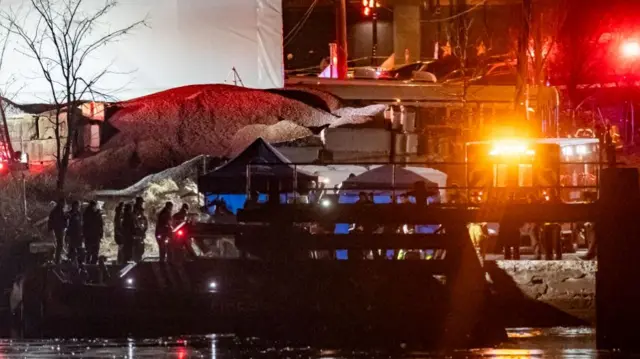Washington air crash: Get in touchpublished at 10:45 GMT 30 January

Were you in the area? Did you witness the crash? If it is safe to do so, please get in touch.
You can also get in touch in the following ways:
- Email Haveyoursay@bbc.co.uk, external
- WhatsApp: +44 7756 165803
- Upload your pictures and video
- Tweet: @BBC_HaveYourSay, external
- Please read our terms & conditions and privacy policy
In some cases a selection of your comments and questions will be published, displaying your name and location as you provide it unless you state otherwise. Your contact details will never be published.



